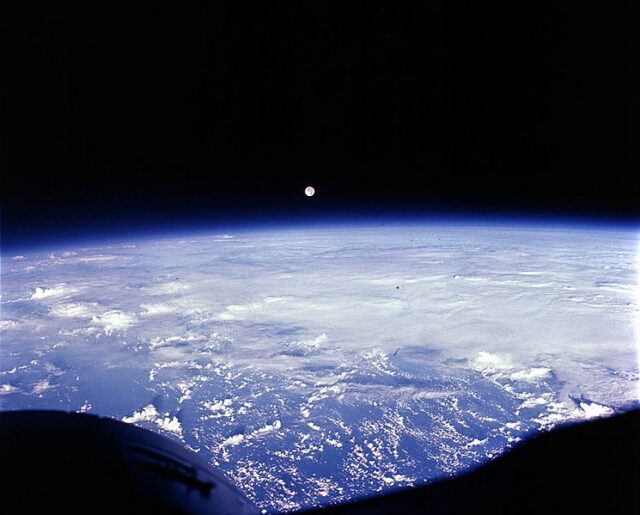NASA and other U.S. agencies have been instructed by the White House to develop a new timekeeping system specifically for the moon. This initiative aims to address the discrepancy in time perception caused by the moon’s weaker gravitational field, which results in time moving slightly faster compared to Earth.
NASA’s leading official for communications and navigation Kevin Coggins emphasized the importance of tailoring timekeeping systems to celestial bodies. “An atomic clock on the moon will tick at a different rate than a clock on Earth. It makes sense that when you go to another body, like the moon or Mars, each one gets its own heartbeat,” he said.
The proposed system, tentatively called Coordinated Lunar Time (LTC), would operate on a slightly accelerated timescale compared to Earth’s time. This is because time on the moon moves faster by 58.7 microseconds every day due to the moon’s weaker gravitational pull.
Precise timekeeping is crucial for the intricate computer and communications systems involved in space exploration. During the previous NASA missions to the moon, timing was not as critical as it is now with the advent of GPS, satellites, and advanced technologies. Even a slight deviation in microseconds can impact the synchronization of these high-tech systems.
The European Space Agency too has advocated for a unified lunar time system, where a day lasts 29.5 Earth days.
NASA aims to establish a preliminary plan for the new lunar time system by the end of 2024 and finalize it by the end of 2026. This timeline aligns with NASA’s goal of sending astronauts around the moon in September 2025 and landing them on the lunar surface a year later, as part of the Artemis-3 mission.
Unlike on Earth, the proposed lunar time system will not include daylight saving time adjustments.
(with inputs from AP)
Also See:
















